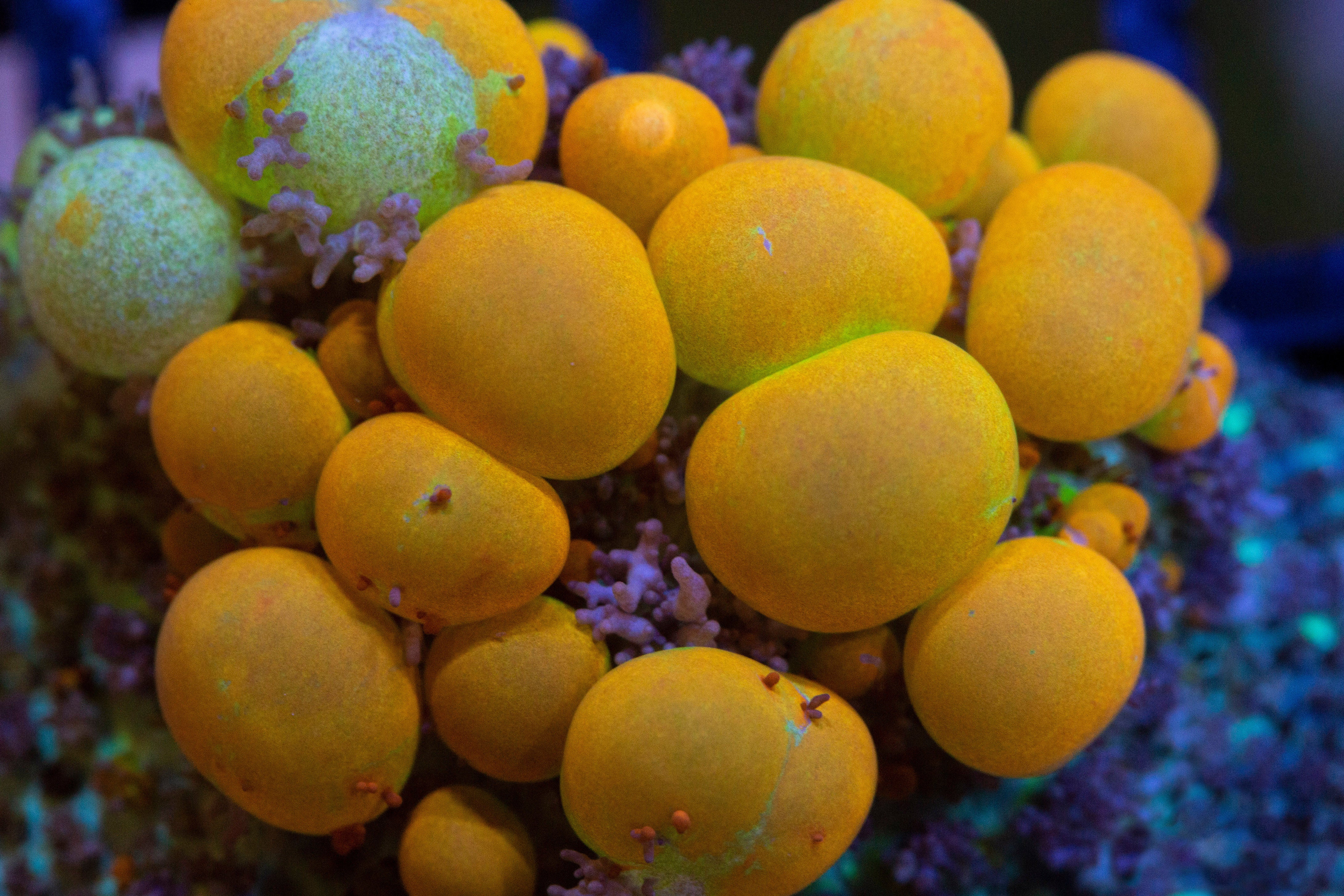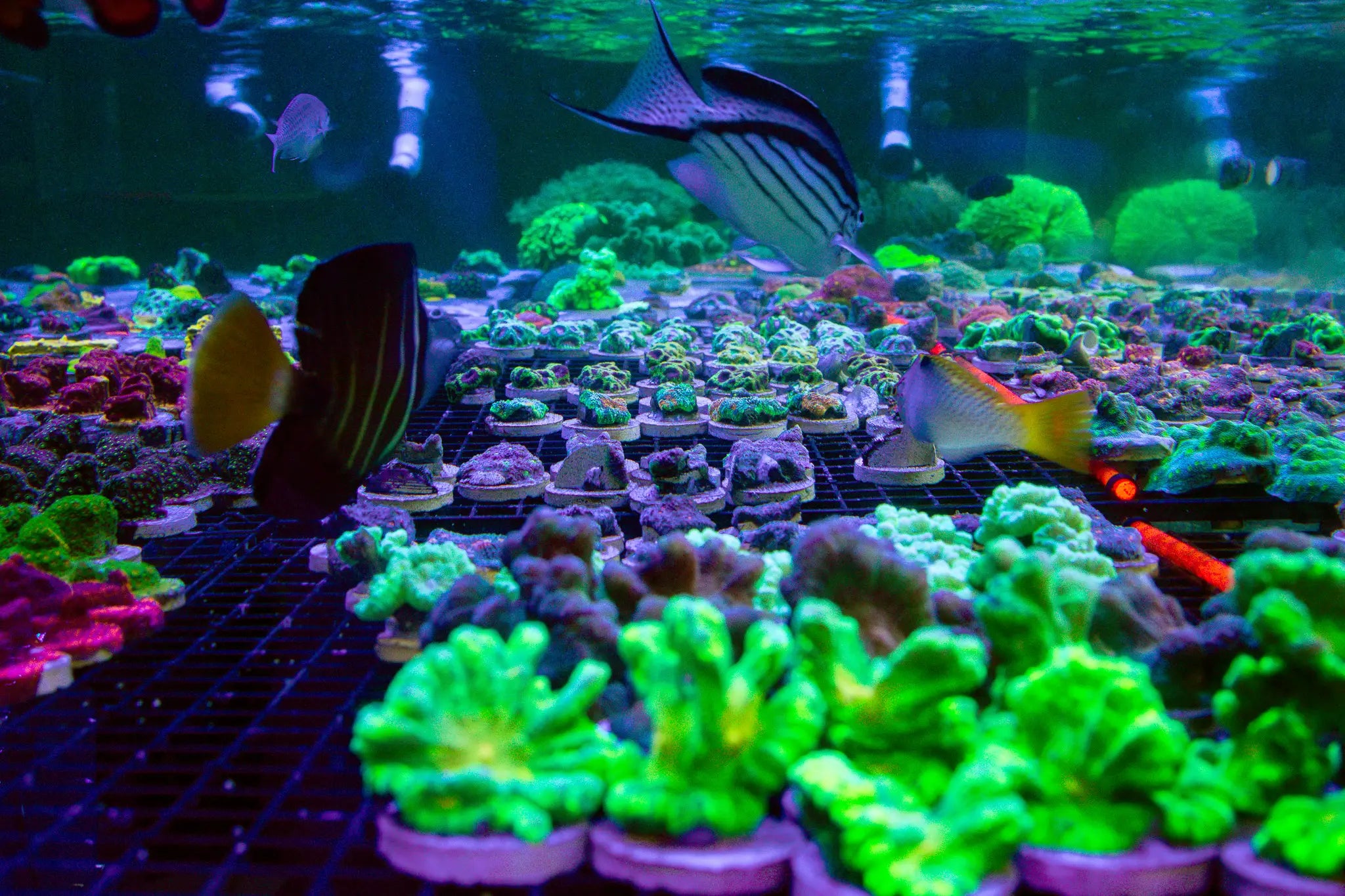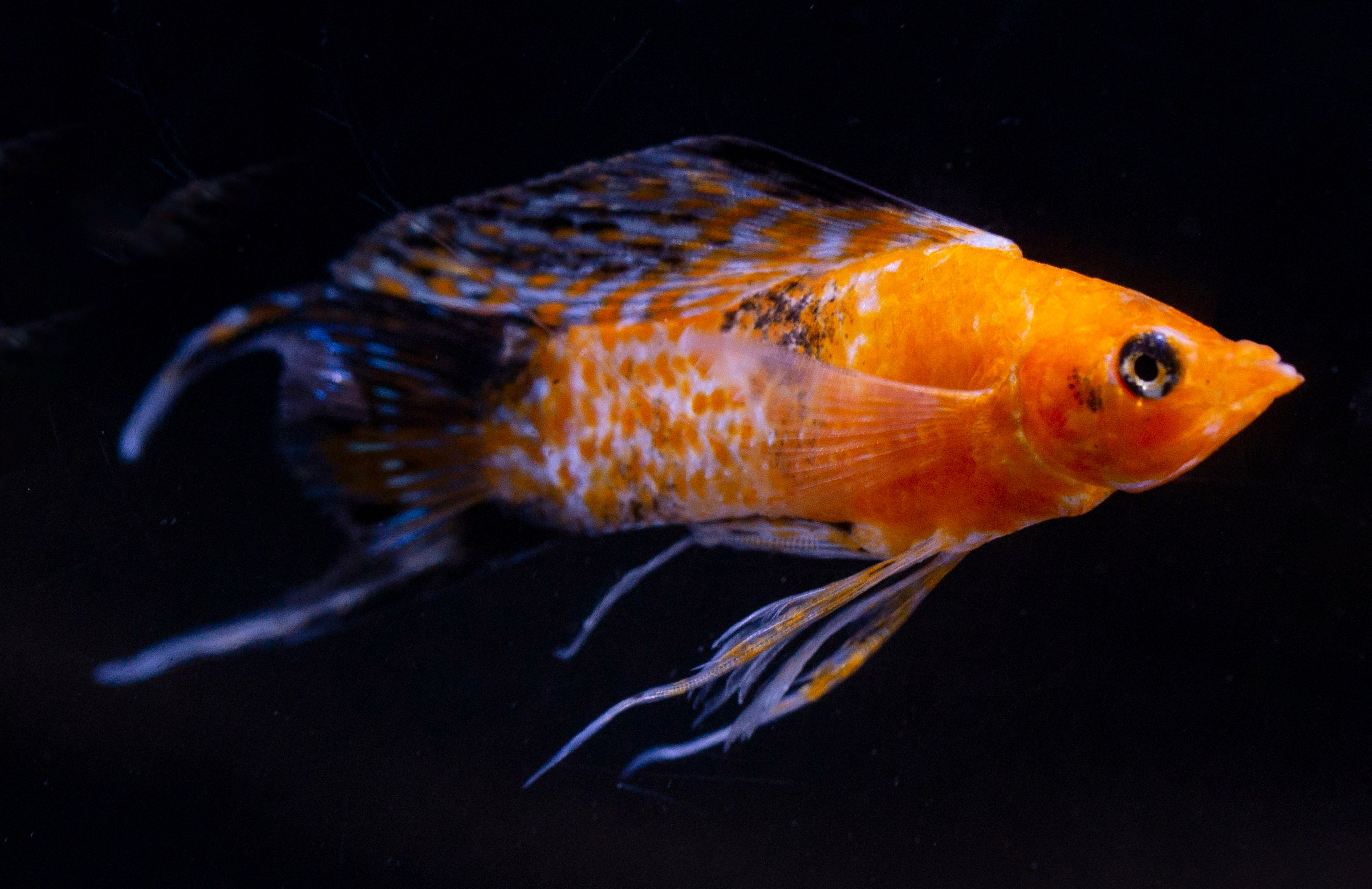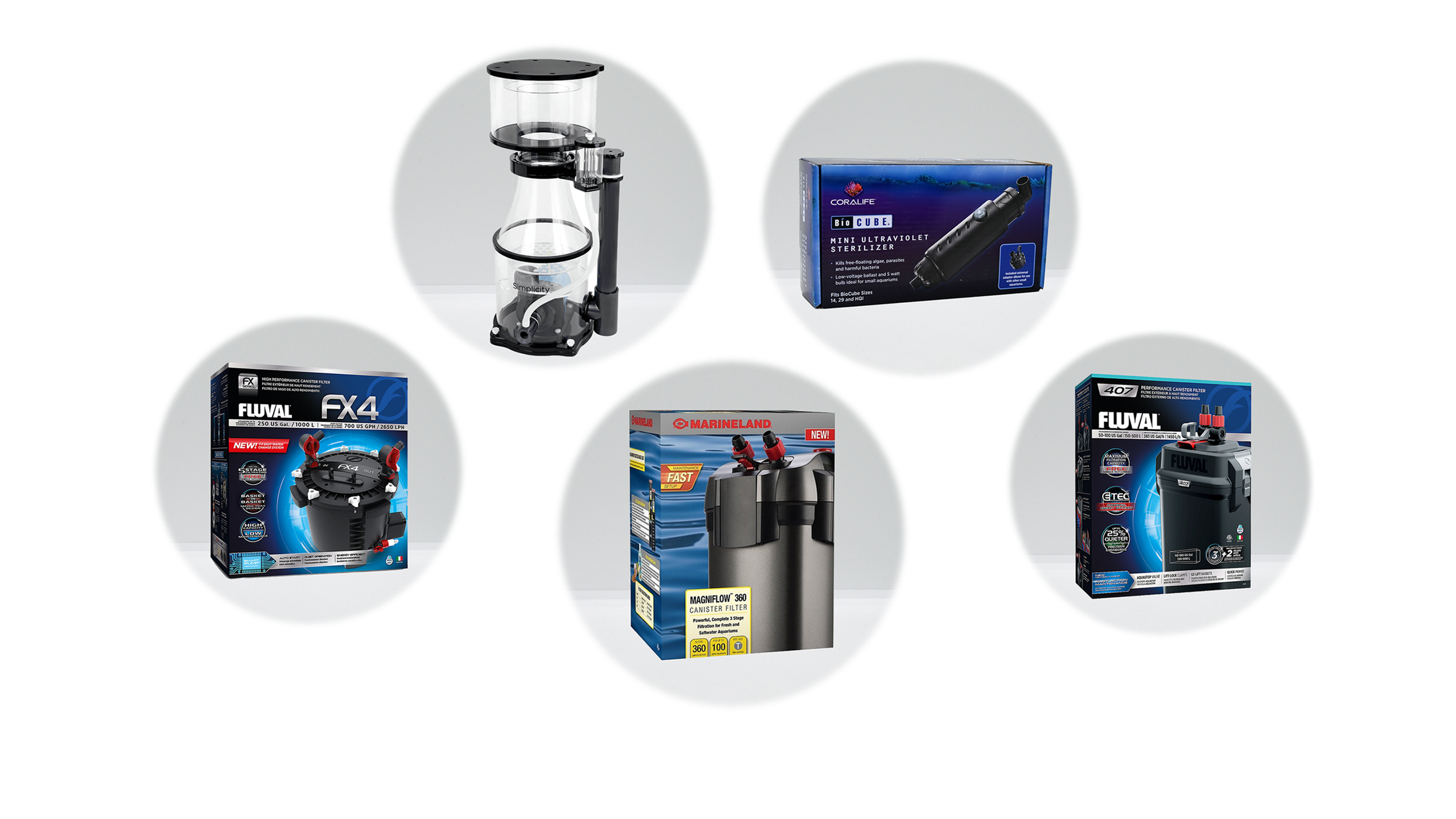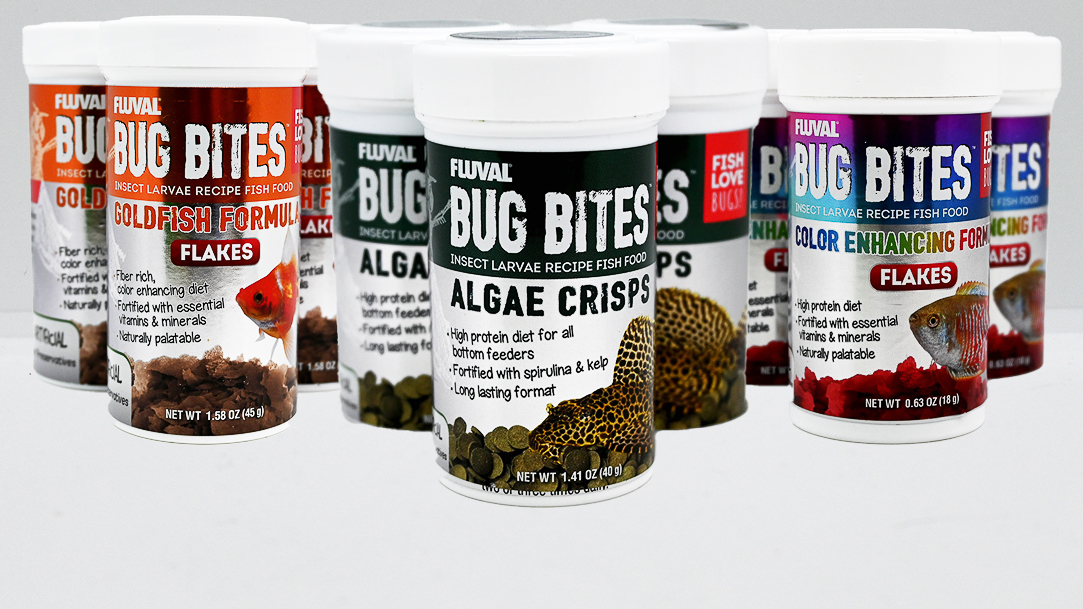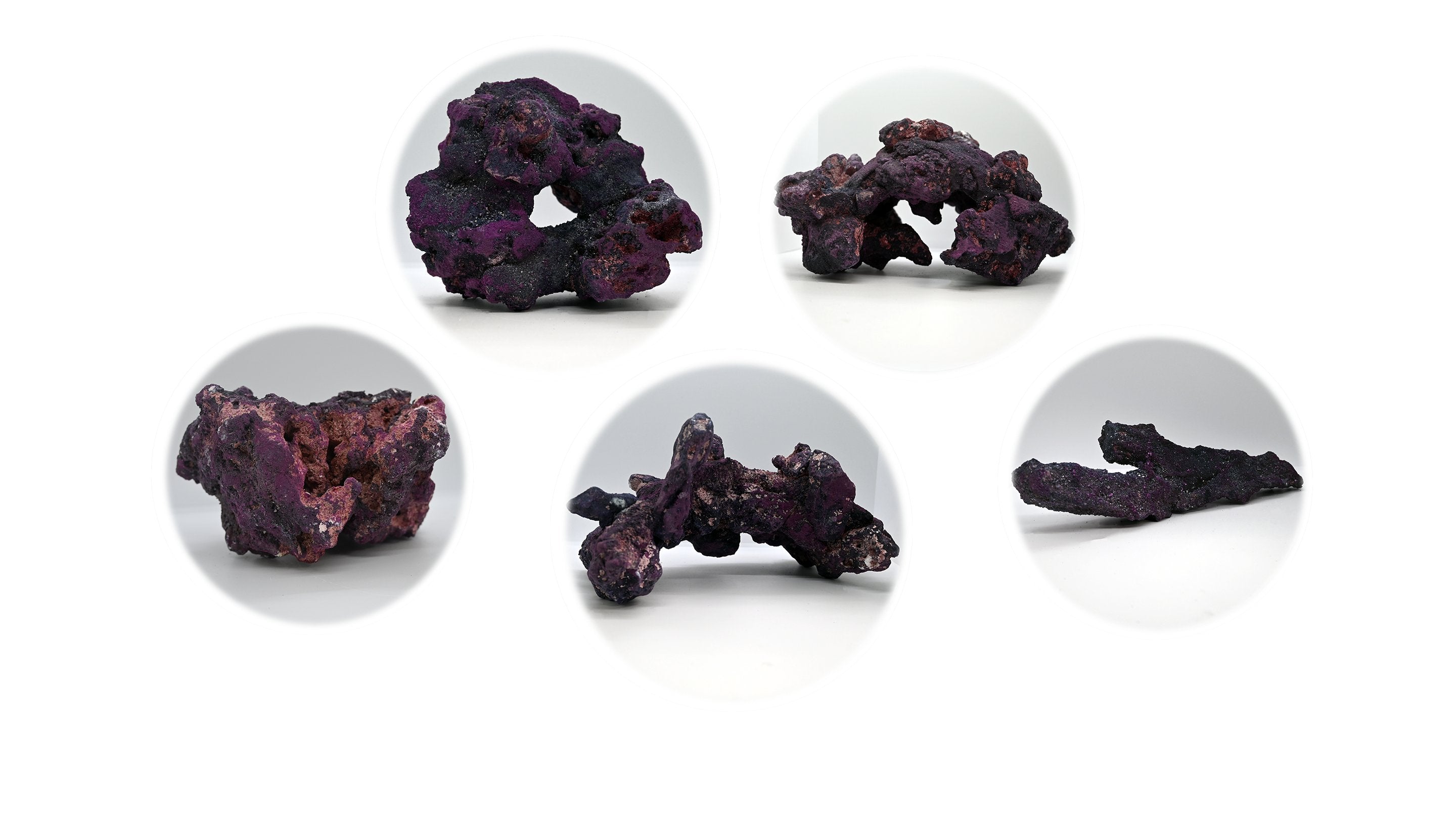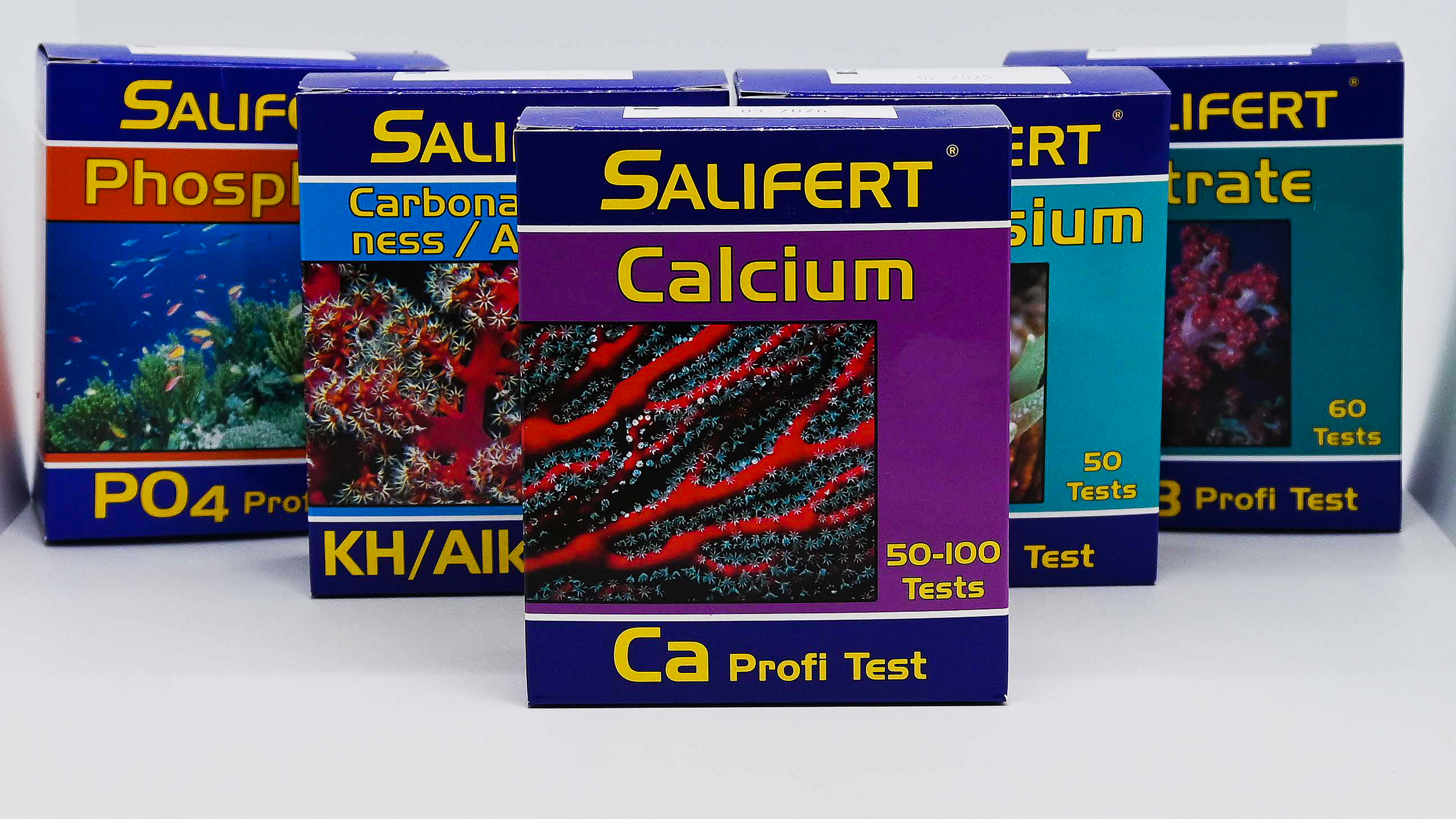
Rummynose Tetra - Hemigrammus rhodostomus
- In stock, ready to ship
- Backordered, shipping soon
The Rummynose Tetra (Hemigrammus rhodostomus) is a striking and popular freshwater fish known for its vivid red nose and sleek silver body. This small, peaceful schooling fish is a favorite among aquarists for its beautiful appearance and active, social nature, making it an excellent choice for community tanks.
Description:
• Common Name: Rummynose Tetra
• Scientific Name: Hemigrammus rhodostomus
• Family: Characidae
• Size: Up to 2.5 inches (6.5 cm)
• Color: Silvery body with a distinctive bright red or orange nose, a black stripe running through the eye, and a silver tail with a slight blue hue
Native Region:
The Rummynose Tetra is native to the Amazon River basin in South America, specifically in Brazil, Colombia, and Peru. They are typically found in slow-moving rivers and streams with dense vegetation and soft, acidic water.
Aquarium Setup:
• Tank Size: Minimum of 20 gallons (75 liters) for a small school
• Water Parameters:
• Temperature: 74-82°F (23-28°C)
• pH: 5.5-7.5
• Hardness: Soft to moderately hard water (2-12 dGH)
• Substrate: Fine gravel or sand; a well-planted tank with plenty of hiding spots and open swimming space
• Diet: Omnivorous; feed a varied diet of high-quality flakes, micro-pellets, and live or frozen foods like brine shrimp, daphnia, and bloodworms
Care Level:
• Difficulty: Easy
• Temperament: Peaceful and social; best kept in schools of 6 or more to exhibit natural schooling behavior and reduce stress
• Lifespan: 5-8 years
• Breeding: Relatively easy to breed in captivity; spawning often occurs in a separate breeding tank with soft, acidic water
Additional Tips:
• Tank Mates: Ideal for community tanks with other small, peaceful species such as tetras, rasboras, and dwarf cichlids. Avoid keeping with aggressive or much larger fish.
• Schooling Behavior: Rummynose Tetras are schooling fish and thrive in groups, which helps them feel secure and display their natural behaviors.
• Water Quality: Maintain good water quality with regular water changes and stable parameters to keep the fish healthy and vibrant.





